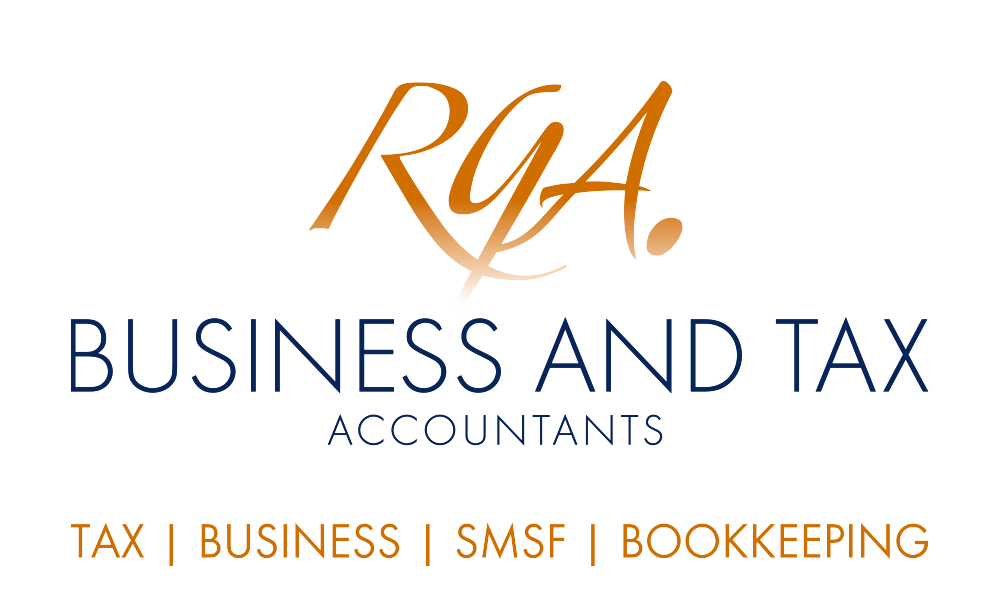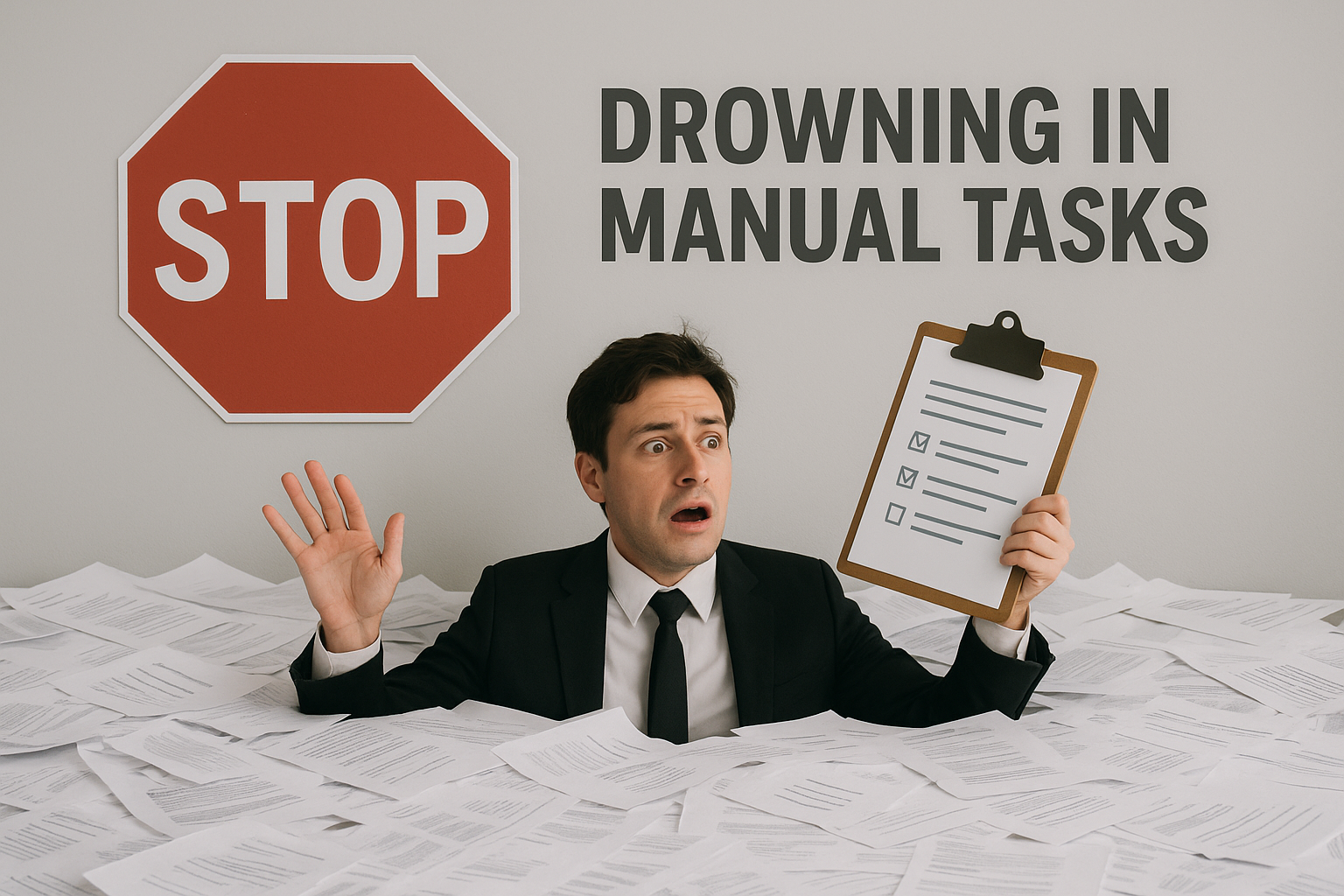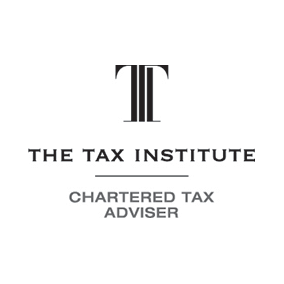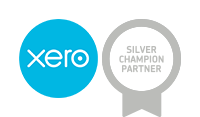First Home Super Scheme (FHSS) maximum releasable amount increased

The maximum amount that individuals can take out of their super under the First Home Super Saver Scheme will be increased from $30,000 to $50,000 for any release requests made on or after 1 July 2022. The scheme was originally envisaged as a tax effective way for first home buyers to save for a deposit, and the increase in the maximum releasable amount presumably reflects the rapidly escalating housing price increases. The scheme is available to both first home buyers and those intending to build their first home subject to certain conditions of occupation.
Cost of living pressures coupled with high house prices mean that many people in Australia are finding it increasingly difficult to get on the property ladder. This is not confined exclusively to young people. Older long-term renters, particularly in the regions, have also been disproportionately affected due to the great migration to the regions driven by the COVID-19 pandemic.
Instead of making fundamental changes to investment/tax structures that drive up house prices, the government has sought to solve the housing issue by allowing individuals to take money out of their super under the First Home Super Saver (FHSS) scheme. The scheme allows eligible first home buyers to apply to release voluntary contributions made to their super, along with associated earnings. The maximum releasable amount is currently $30,000, but will increase to $50,000 for any release requests made on or after 1 July 2022.
Individuals planning to use the scheme must be a first home buyer that will occupy the property that is being purchased or intend to do so as soon as practicable, for at least 6 months within the first 12 months of ownership. FHSS scheme is also available to those intending to build their first home provided the contract to construct the home is entered into within 12 months from the date of the super release request.
The first step in releasing eligible funds is to obtain a FHSS Determination from the ATO which sets out the maximum amount that an individual can have released under the scheme. More than one FHSS Determination can be applied for but once a request for release of amounts has been lodged, the individual will not be able to seek further FHSS Determinations. So, it is imperative for individuals to ensure that they have finished making all their voluntary contributions under the scheme before applying for a Determination, and of course, to check the accuracy of the Determination issued by the ATO.
There is a limit of $15,000 of eligible contributions that can be released each financial year (up to a total limit of $30,000 or $50,000 from 1 July 2022). Eligible contributions include any voluntary concessional and non-concessional contributions that have been made (ie salary sacrifice contributions and personal after-tax contributions). It does not include super guarantee, other mandated employer contributions, spousal contributions, or co-contributions, among other things.
The most important thing to note for individuals intending to use this scheme is that they must have a FHSS Determination before any contract to purchase is signed. This includes both pre-established homes and those intending to build their first home (ie the vacant land must not be purchased before an FHSS Determination is applied for). If an individual signs a contract for any property (or interest in a property including land), they will not be eligible to request a FHSS Determination and hence not eligible for the scheme.
For those individuals that have a FHSS Determination and subsequently sign a contract to purchase, a valid release request must be given to the ATO within 14 days. After the release of money, if an individual does not sign a contract to purchase or construct a home within 12 months, the ATO will generally grant an extension of time for a further 12 months automatically. Individuals also have the choice to recontribute the amount back into their super funds or to keep the money and pay a flat 20% tax on assessable FHSS released amounts.
Need extra money for a deposit?
If you would like to use the FHSS scheme to help boost your deposit to purchase a home this year, we can help you work out the maximum amount you can release under the scheme, or help put a plan in place to make eligible contributions to get one step closer to your goal. Contact us today.
Email us at Robert Goodman Accountants at reception@rgoodman.com.au . © Copyright 2022 Thomson Reuters. All rights reserved. Brought to you by Robert Goodman Accountants.
